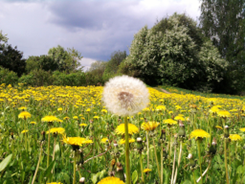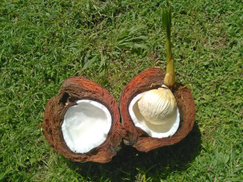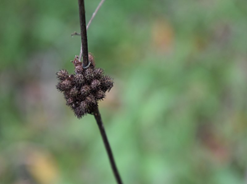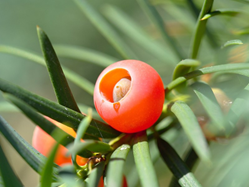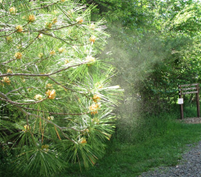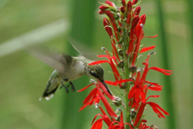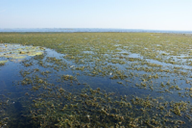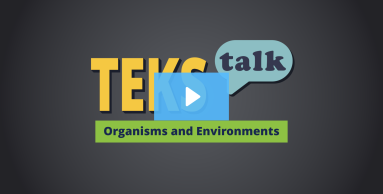
Knowledge and Skills Statement
Give students examples of plants that move their seeds around using a variety of dispersal methods. For example, students might be provided with a burr, a dandelion, and a coconut. The students should describe how each type of seed moves. In the examples provided, students would explain that a burr stuck in an animal's fur is carried away until the animal drops it, the dandelion seeds are blown in the wind, and the coconut floats on the ocean. The end result of each of the seed dispersal methods is they increase the chances that the plant survives by spreading its seeds as far as possible.
The further explanation is designed to be a resource for educators that helps them better understand the topic their students are learning. Further explanations may be written at a more complex level than would be expected for students at the grade level.
|
Wind dispersal |
Water dispersal |
|
Physical dispersal |
Digestive dispersal |
|
Wind pollination |
Animal pollination |
Water pollination |
Research
Lampert, Peter, Bernhard Mullner, Peter Pany, Martin Scheuch and Michael Kiehn. “Students’ Conceptions of Plant Reproduction Processes: This Paper Was Presented at the ERIDOB Conference 2020.” Journal of Biological Education 54, no. 2 (2020): 213–223.
https://www.tandfonline.com/doi/full/10.1080/00219266.2020.1739424.
Summary: This article explains that many students need help connecting the stages of plant reproduction. Seed dispersal and pollination are fundamental for understanding plant reproduction. This article's study helps assess the confusion and guides teachers' instruction. Teachers should start by learning about students' prior knowledge of the subject. Students completed informal pre-test interviews where it was evident that students have misconceptions about the difference between pollination and seed dispersal and that plants have a life cycle. Teachers asked students to compare plant life cycles to others they learned about. Students then completed writing tasks with captioned illustrations to show what they know about plant reproduction. Many students gave unclear answers and only talked about plant growth or how wind and weather play a part in plant reproduction but did not include seeds. Teachers can use this information to guide instruction about plant reproduction.
Research
Moskalik, Christine. “What’s the Buzz? A Hands-on, Interdisciplinary, and Fun Way to Learn About Circuits, Energy, Engineering, Bee Communication, and Pollination.” Science and Children 58, no. 5 (2021). www.nsta.org/science-and-children/science-and-children-mayjune-2021/whats-buzz.
Summary: Students in this article explore circuits to learn about bees and how they pollinate. Students learn how circuits work and how to create their own model bee using circuits. These model bees helped students observe how bees behave, including how they communicate with other bees and how they move to help with the pollination process. This STEM activity is a way to model cause-and-effect in multiple concepts and allow students to learn the important role bees play in an ecosystem.

